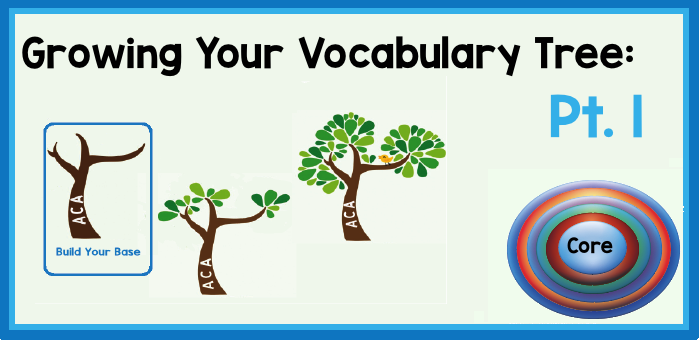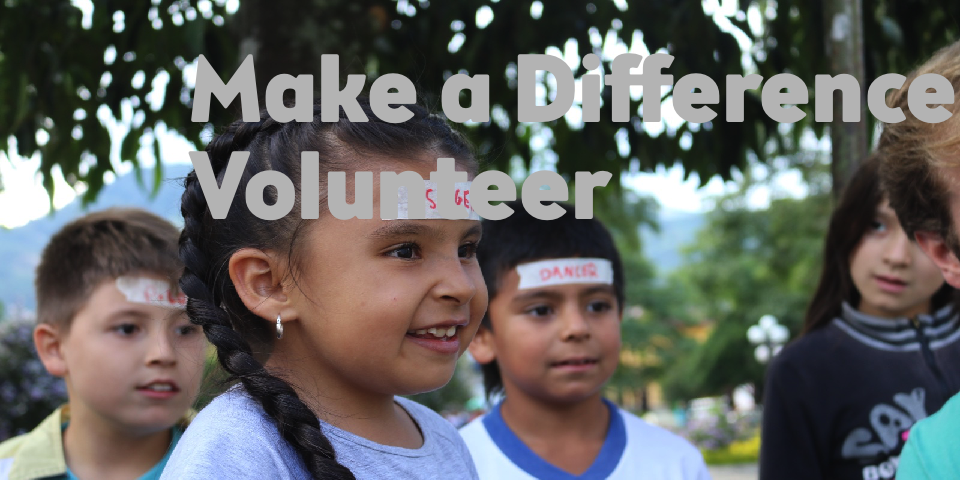Flip open any foreign language textbook and what are you most likely to find? Units grouped by themes. The idea is to learn vocabulary based on different groups of words. Learn the days of the week. Learn all the fruits. Learn the names of animals. Learn the days of the week. Step by step until you know everything right?
There are two main problems with this. First, studies have shown that learning words in themes can actually be detrimental for future recall. You end up remembering the whole group, making it tougher to recall individual words when needed. And second, this would take way too long. There is a much more efficient way.
Learning Words in Semantic Sets: Just Say No
…the research results are clear … semantic sets are not only unhelpful, they actually hinder vocabulary retention. (Myths About Teaching and Learning Second Language Vocabulary: What Recent Research Says, Folse, p. 52)
A ‘semantic set’ is simply a group of similar-meaning words. So the idea behind most language-learning textbooks is to present body parts all together in one unit and days of the week or clothes in another.
Its like needing to think of or recite all the days of the week before remembering that Saturday is Sábado.
Or how if you want to figure out what comes before L in the alphabet, many people would have to start at the beginning and go: A, B, C, D, E, F, G, H, I, J, K, L, oh so it’s K. Hell, I just wrote this and had to do the same!
A more-recent reaction getting away from semantic sets has been to use ‘themes’ such as holiday words or words used in Spring. However, even presenting vocabulary in themes can later lead to the same problems that learning in semantic sets causes.
So these studies tell us it is actually detrimental to learn in themes. Best to learn what’s most important, what’s needed and go from there. But how do we know whats most important?
Learn Whats Most Important First
How often do you actually say the days of the week? You might or might not be surprised, but according to the research: not often. If we want to hit the ground running, and be efficient, we need to figure out what words are used most often and learn those first!
How many different words are used in day to day conversation? What about in a book?
According to Dr. Paul Nation, ten English words:
the, to be, of, and, a, to, in, he, have, it
Make up 23.7% of all the words used in daily practice.
If you learn 100 words, you can boost that number to 49%.
1,000 words means you’ll understand 75% of that conversation they’re having at the table next to you…
So we learn two things from this.
1) Small core group of words make up a high percentage of the vocabulary used by natives (10 words = 23.7%!)
2) Diminishing returns (10 words = 23.7%, 100 words = 49%, 1,000 words = 75%)
Frequency Lists: Use The Words Most Frequently Used
Frequency lists are vocabulary lists arranged in order of how often they are used in the language by native speakers (in daily conversation, newspapers, etc).
By learning vocabulary based on frequency, and not semantic sets or themes, you will maximize your time and be able to hold conversations much sooner.
Frequency Rings: Expanding Ever Outward
Professor Alexander Arguelles sets different levels of proficiency, starting with the most frequently used words.
The Core – The 250 most frequent words, absolutely fundament to construct any sentence.
Used Daily – The 750 most frequent words, the words used every single day by a native speaker.
Express Everything – The 2500 most frequent words, allow you to express everything you want to say, albeit by potentially using ‘awkward circumlocutions’ but at least you’ll get the point across.
Basic Native Level – The 5000 most frequent words, the active vocabulary of natives WITHOUT higher education
Higher Education – The 10,000 most frequent words, the active vocabulary of natives with higher education
Level: Shakespeare – The 20,000 most frequent words, needed to read, understand, analyze, appreciate a work of literature by a notable author
The ACA Method has us starting with the Core and Used Daily to get you speaking in Spanish as fast as possible.
You will build your base and grow from there. In the rest of the series, we will look at Brain Shopping for words you want to learn as well as how to eventually let your tree fully blossom on its own.






